Blepharoplasty
(Eyelid Surgery)- An emphasis on preserving and reorienting eyelid fat rather than removing all fat, which can potentially create a hollowed-out appearance.
- A lateral temporal brow lift can complement an upper blepharoplasty well.
- A deep plane facelift can complement a lower blepharoplasty well.
- Upper blepharoplasty can be performed under local anesthesia.
Contact Us
What is a Blepharoplasty?
Blepharoplasty is a surgical procedure which can be performed on the upper eyelids or the lower eyelids. An upper eyelid blepharoplasty involves excising a complex curvilinear shape of excess skin on the upper eyelid such that the eventual incision falls in a natural crease. Additional interventions include shrinking or reorienting fat pads in the upper eyelids and securing drooping tissue to the bony rim of the eye. A lower blepharoplasty involves an incision on the inner lining of the lower eyelid where bulging fat pads are accessed and reoriented down towards the cheeks to better blend in with cheek fat. Additional interventions include the excision of excess lower eyelid skin along a line hidden under the eyelashes, the placement of support sutures to strengthen the lower eyelid and reinforce a more youthful shape, and the lifting and tightening of loose muscle, all through the incision under the eyelashes.
What Conditions Does the Procedure Address?
A blepharoplasty helps address age related changes to the upper and lower eyelids. It helps conditions that not only make patients look older but also can make them look tired and sad. Conditions that a blepharoplasty help address include:
Before & After
Explore our galleries to see the stunning, natural results Dr. Harmon delivers.
Why Choose Dr. Harmon
The desire for youthfulness is understandable. There is no area more important than the face. After all, the face cannot be hidden. It is how we present ourselves to the world. Dr. Harmon works with a refined eye and trained hands to develop a personalized treatment plan with you, utilizing advanced techniques in surgical and non-surgical care of the face, nose, eyes, neck and hair.
Fellowship trained facial plastic surgeons have a unique specialized skill set in performing surgical and non-surgical procedures on the face, nose, eyes, neck and hair. The pathway to becoming a facial plastic surgeon begins with five years of rigorous training in head and neck surgery. This training is focused on all aspects of surgery for the head and neck, in addition to aesthetic and reconstructive procedures.
A small pool of top performing graduates from head and neck surgery programs are then selected to complete sub-specialty training as a fellow in facial plastic and reconstructive surgery through the American Academy of Facial Plastic and Reconstructive Surgery (AAFPRS).
Dr. Harmon completed his fellowship in facial plastic surgery through the AAFPRS with the world-renowned facial plastic surgeon Dr. Andrew Jacono on Park Avenue in New York City. Dr. Jacono is world renowned for developing the extended deep plane facelift technique. Dr. Harmon is one of the few surgeons in the world, and the only surgeon in the Cincinnati area, fellowship trained in this technique by Dr. Jacono.
QUAD A ACCREDITED SURGERY SUITE
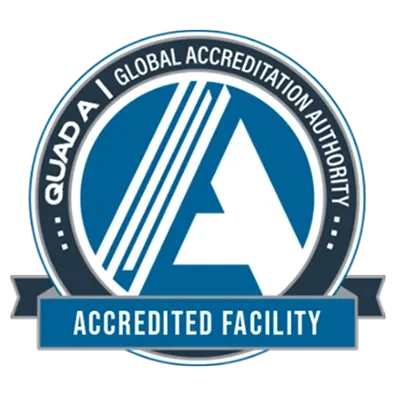
Harmon Facial Plastic Surgery is proud to have a Quad A accredited operating room and facility in our office. Our single-physician, single-specialty facility meets or exceeds the strict guidelines and high standards set forth by Quad A, demonstrating our strong commitment to patient safety and excellence in surgical care. We utilize the services of board-certified anesthesiology physicians only as well as our own personal clinical support staff to ensure the most comfortable, safest experience for our clients.
Types of Blepharoplasty Procedures
There are two types of blepharoplasty procedures, an upper blepharoplasty procedure and a lower blepharoplasty procedure. Each procedure helps address age-related changes to their respective anatomic location. The procedures can be performed together, if indicated.
Lower Blepharoplasty
An upper blepharoplasty procedure reorients some of the lower eyelid fat from out and away from the cheek to down toward the cheek. Called fat transposition lower blepharoplasty, this approach preserves most of the fat in the lower eyelids. The procedure helps improve the transition of volume from the lower eyelid to the cheeks using fat with a stable blood supply near its natural location. A sliver of excess skin is usually pinched from a natural crease immediately below the eyelashes. It is through this incision that loose, blousy lower eyelid muscle and a droopy, rounded lower eyelid margin can be addressed using sutures.
Upper Blepharoplasty
Some patients demonstrate droopy, pseudo herniated fat pads near their nose. The size of these fat pads is reduced through the incision created by skin removal. Some patients have poor definition of the bony rim around their upper eyelids laterally. Some of these patients may be a candidate for a technique that tucks some of this tissue closer to the bony margin of the upper eyelid. The broad goals of an upper blepharoplasty procedure are to improve the contours of the upper eyelids within anatomic limitations.
Overview of the Procedure
The team at Harmon Facial Plastic Surgery works tirelessly to prepare patients well for surgery. The time spent with patients and resources provided facilitates a smooth transition from surgery through recovery. The following overview is a broad summary of the information provided to patients:
Procedure Consultation
Expect a detailed, informative discussion with Dr. Harmon about your concerns and aesthetic goals. He will develop a personalized treatment plan to address these concerns and goals.
Pre-Treatment Preparation
Patients receive a packet with detailed pre-operative instructions prior to surgery. This packet includes information on what supplements and medications to hold prior to surgery, activity restrictions, and what supplies are necessary for post-operative recovery. Prescriptions are sent prior to surgery with instructions on their use. Finally, if medical clearance is required, a form detailing the necessary clearance and testing is provided to present to their primary care provider.
Day of Treatment
Patients are instructed to arrive at the office in comfortable clothes. The surgical plan is discussed with the patient in detail. Paperwork is completed. Photos are usually taken pre-operatively. Finally, the patient meets the surgical team, which may include nurses, anesthesiologists, and/or scrub technologists, depending on the procedure(s) and type of anesthesia used.
Follow-Up Appointment
Patients are instructed to apply cold compresses to the eyes for the first forty-eight (48) hours after surgery. Patients typically follow up for suture removal on day five (5) after surgery. Patients who undergo lower blepharoplasty are usually seen every two (2) weeks for the first six (6) weeks after surgery to monitor healing.
Social Readiness
Patients are generally permitted to wear makeup on the surgical site after all sutures are removed. The time to resolution of bruising and swelling varies and depends on multiple patient-specific factors. The incision can take months to heal completely, though they are tucked in natural creases and folds in the skin. However, many feel ready to socialize approximately seven (7) to fourteen (14) days after surgery.
Before & After
Explore our galleries to see the stunning, natural results Dr. Harmon delivers.
Ideal Candidates for Blepharoplasty
The ideal candidates for blepharoplasty include those patients who demonstrate:
- Excess lower eyelid skin
- Excess upper eyelid skin
- Upper eyelid bags
- Lower eyelid bags
- Loose or blousy lower eyelid muscle
- Droopy, rounded lower eyelid margin
Most candidates for blepharoplasty range in age from thirties (30s) to seventies (70s). A consultation is essential to determine candidacy for the procedure, because there may be factors that preclude this procedure for certain individuals. Reasonable expectations must be established about what eyelid surgery can and cannot accomplish as with all plastic surgery procedures. As with all facial plastic surgery procedures, results can vary.
What to Expect from Recovery
Recovery from eyelid surgery is specific to the individual. The duration of recovery will vary from person to person.
The initial recovery time for an upper blepharoplasty is approximately seven (7) to ten (10) days for most individuals. The initial recovery time for a lower blepharoplasty is approximately ten (10) to fourteen (14) days in most individuals but could be longer depending on the surgical approach.
No dressings are required after surgery. Sutures are removed approximately five (5) days after surgery, after which makeup can generally be applied to the eyelid skin. Incisions continue to heal for months after surgery.
Some swelling and bruising are expected after eyelid surgery. Post-operative swelling and bruising generally improve significantly by seven (7) to fourteen (14) days after surgery. Swelling and bruising are expected to continue to improve and resolve in the ensuing days and weeks.
Sutures are removed
Initial recovery time for an upper blepharoplasty
Swelling and bruising are improved
Initial recovery time for a lower blepharoplasty
Benefits of Blepharoplasty
Blepharoplasty helps address many features of age-related changes to the upper and/or lower eyelids. It can help:
- Improve a sensation of heaviness in the upper eyelids
- Increase the visibility of the upper eyelids in an anatomically appropriate manner
- Tighten the border between the upper eyelids and eyebrows to the extent possible
- Reduce bags in the lower eyelids
- Create a more youthful transition between the lower eyelids and cheeks
- Create a more almond-shaped eye
Risks of Blepharoplasty
The potential risks of blepharoplasty include, but are not limited to:
- Bruising
- Swelling
- Infection
- Abnormal scarring
- Damage to the eyes
- Difficulty closing the eyes
Combine Blepharoplasty with Other Facial Enhancements
The blepharoplasty procedure complements other surgical and non-surgical procedures well. It complements other surgical procedures that lift drooping tissue by further emphasizing an elevation of the focal areas of facial aesthetics. It complements non-surgical procedures by helping to address age-related changes that develop concurrently but that non-surgical procedures do not. In addition, an upper blepharoplasty procedure can be performed with a lower blepharoplasty procedure, as indicated, to more comprehensively address eye aesthetics. Procedures that complement a blepharoplasty procedure include, but are not limited to:
Brow lift
A brow lift lifts the lateral eyebrow up and back can help create a more defined contour to the lateral bony rim of the eye and reduce the amount of skin necessary to remove during an upper blepharoplasty procedure.
Deep plane facelift
A deep plane facelift can lift cheek volume towards the lower eyelid, thereby improving the contour at the interface between the lower eyelid and the cheek.
Facial fat grafting
Facial fat grafting, specifically nanofat grafting, helps address skin surface changes that a blepharoplasty procedure cannot.
Laser skin resurfacing
Laser skin resurfacing helps address skin surface changes that a blepharoplasty procedure cannot.
Fillers
Fillers can restore subtle volume to areas like the tear troughs or cheeks when combined with a blepharoplasty procedure.
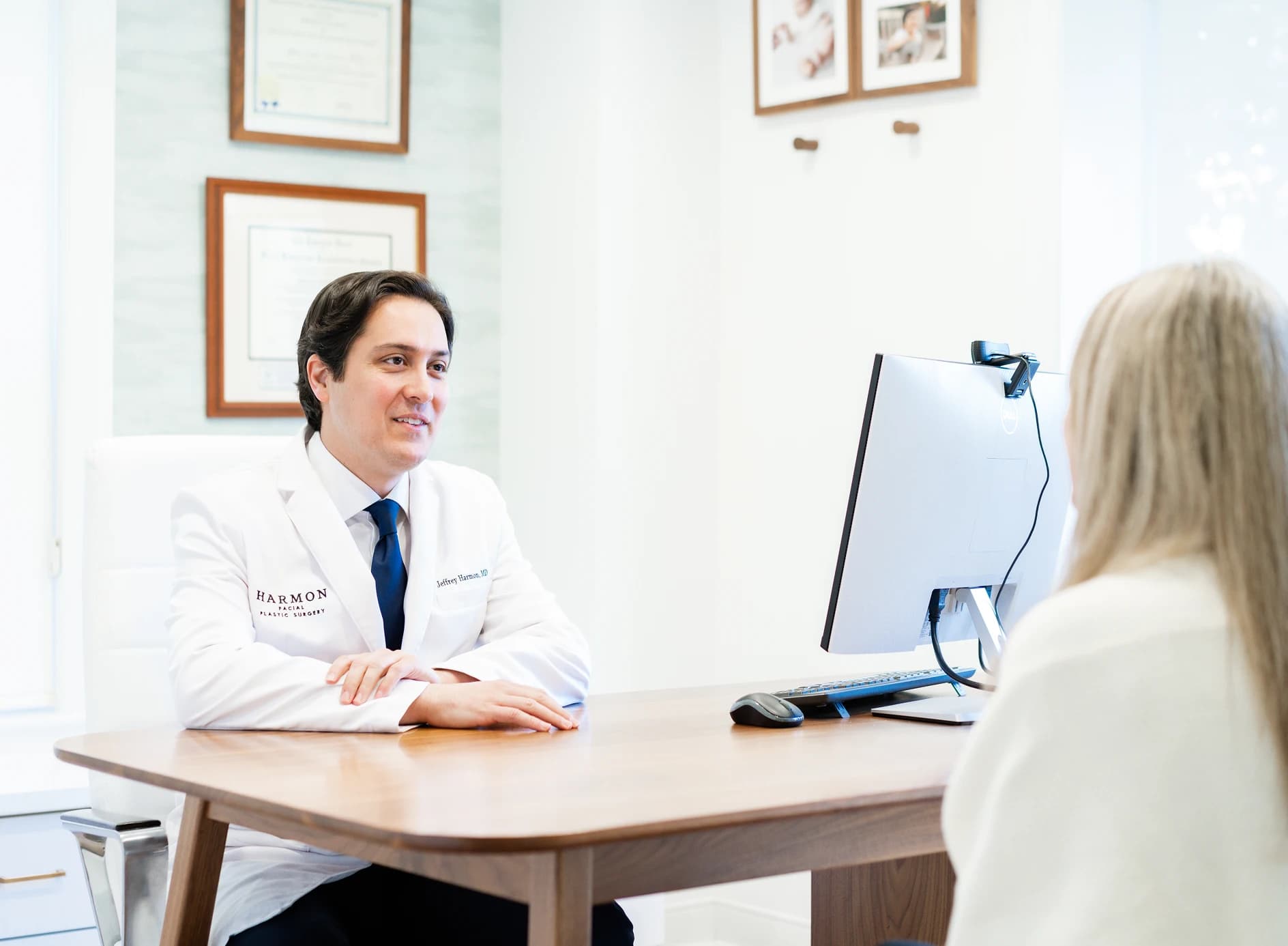
Book Your Consultation
Take the first step toward your aesthetic goals with a personalized consultation. Dr. Harmon will listen to your concerns, answer your questions, and guide you through your options. Schedule your consultation today and discover how expert care can make a difference.
Read More about Blepharoplasty
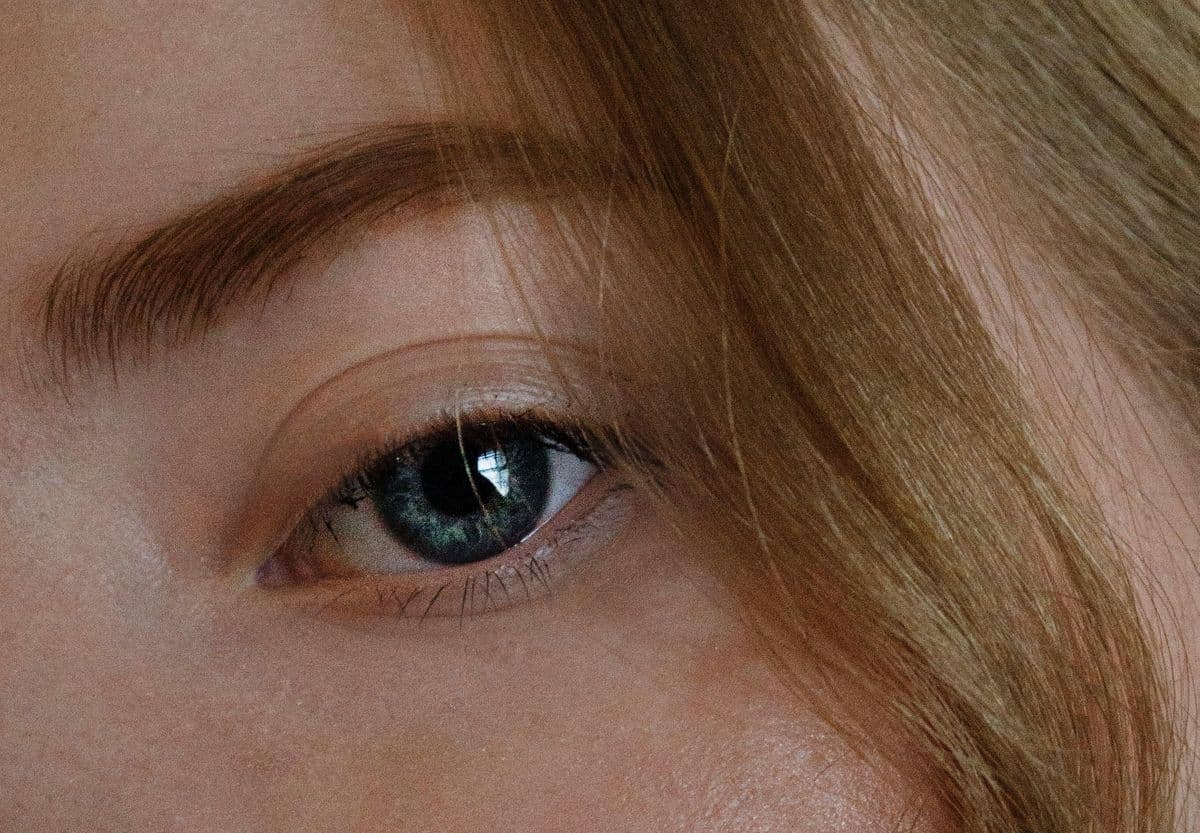
How to Treat Drooping, Hooded Eyes That Can Make Us Look Tired
Our experience at Harmon Facial Plastic Surgery has been that most people do not present to our clinic specifically requesting a brow lift, let alone...
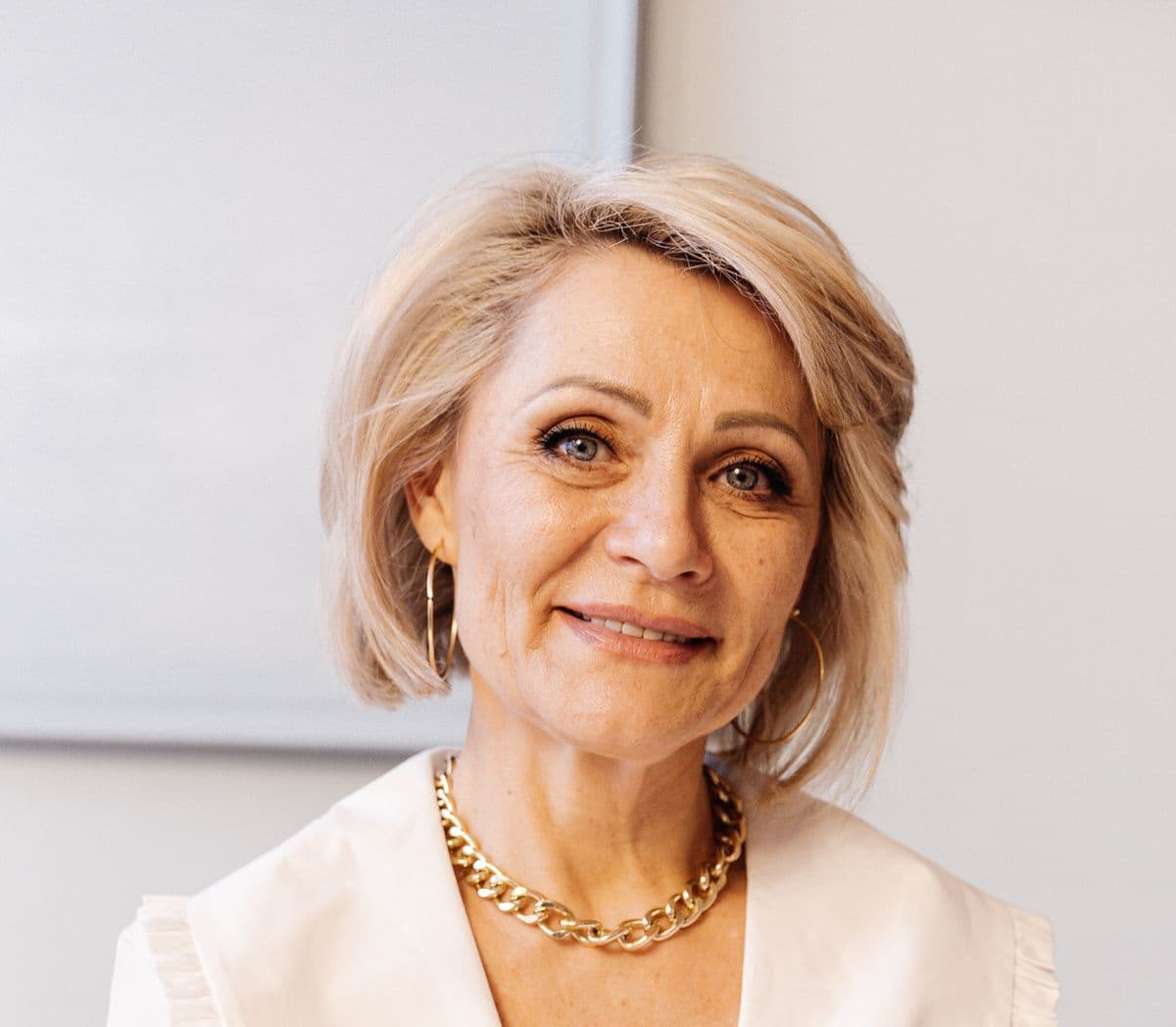
What is the Best Way to Treat Lower Eyelid Bags?
Lower eyelid surgery (blepharoplasty) that preserves fat is superior to procedures that strictly remove and sometimes move fat from other areas of...
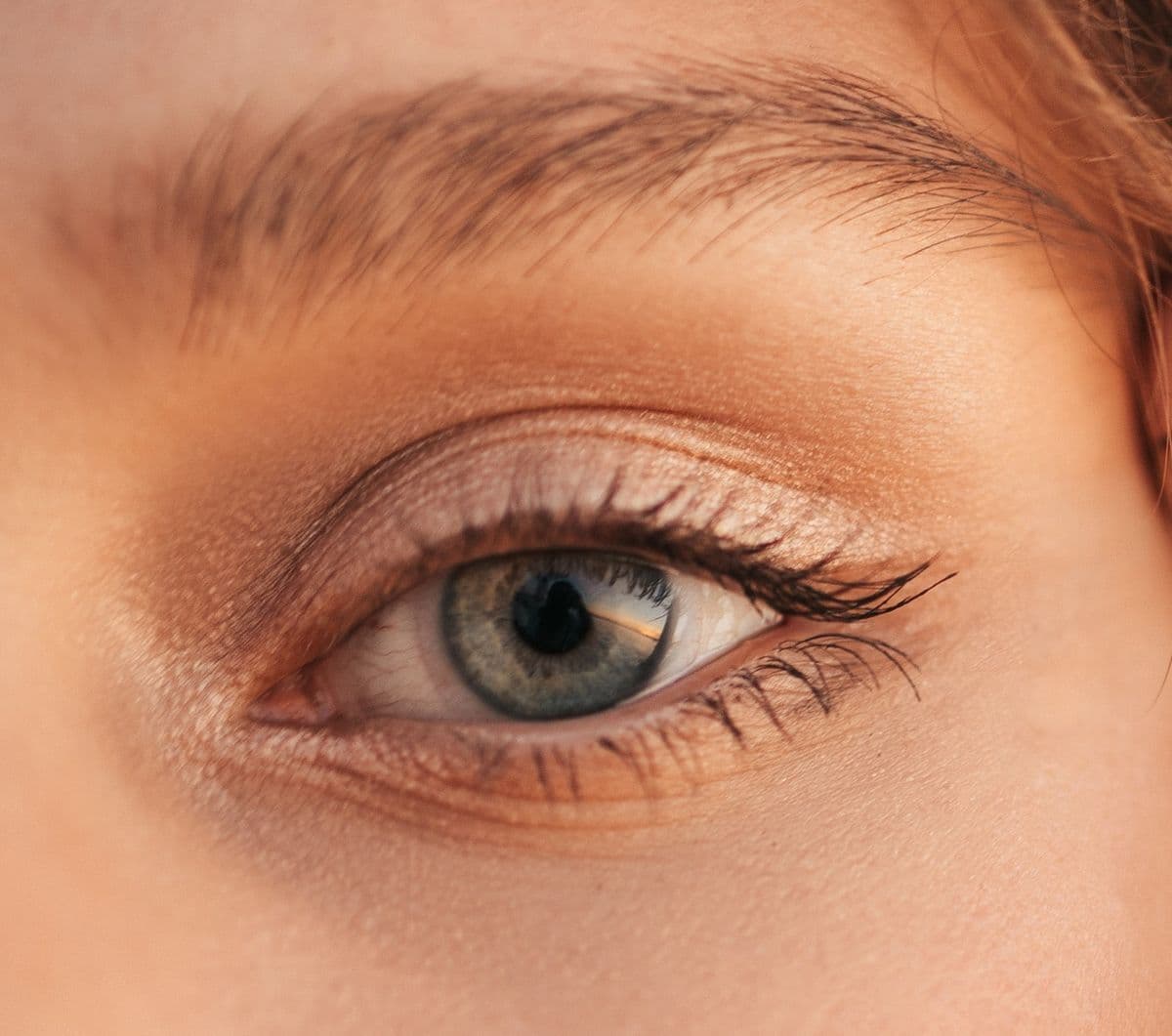
What is a Lower Eyelid Skin Pinch and What Can It Do for Me?
Lower eyelid surgery (blepharoplasty) can treat heavy bags, loose muscle, and redundant/folded over skin. Each of these features can cause the eyes...
FAQ
What type of anesthesia is required?
Upper eyelid (blepharoplasty) surgery can be performed under local anesthesia or IV sedation. Lower eyelid (blepharoplasty) surgery can usually be performed under IV sedation. Some individuals may require general anesthesia for lower eyelid (blepharoplasty) surgery.
Is eyelid surgery (blepharoplasty) painful?
Facial plastic surgery procedures are generally well-tolerated by patients and typically involve little pain, especially when compared with surgery on other areas of the body. Patients are usually prescribed just a small amount of pain medication for after surgery. In fact, we have found most use only over-the-counter pain medication including acetaminophen and/or ibuprofen after surgery instead. And those who do use the prescribed pain medication usually only use it the first night after surgery. With that in mind, it is important to note that every patient perceives and processes pain differently. Some patients have a high pain tolerance. Others may be more predisposed to be more sensitive to pain. We at Harmon Facial Plastic Surgery are focused on balancing minimizing post-operative discomfort and maximizing safety.
What is a lower eyelid skin pinch and is it worthwhile?
A lower eyelid skin pinch procedure is intended to address excessive, wrinkled skin at the lower eyelid. It is often beneficial as a standalone procedure in younger patients who do not demonstrate other age-related changes to their eyes including, but not limited to, lower eyelid bags.
Does eyelid (blepharoplasty) surgery leave bad scars?
No. Upper eyelid surgery and lower eyelid surgery almost always leaves subtle, well-hidden incisions. The upper eyelid incision is nestled within a natural crease. The lower eyelid incision is tucked immediately below the eyelash line without removing eyelashes. Check out the gallery for some examples of post-operative upper and lower eyelid incisions.
Is eyelid surgery a common surgical procedure?
Yes, eyelid surgery is a common surgical procedure. The International Society of Aesthetic Plastic Surgery (ISAPS) releases statistics each year that provide insight into the state of plastic surgery around the world. ISAPS reported 85,712 eyelid surgeries were performed in the United States in 2020.
Does lower eyelid surgery (blepharoplasty) treat festoons or malar mounds/bags?
Festoons and malar mounds/bags are swollen areas of the cheek below the lower eyelid that can occur with aging. Lower eyelid surgery (blepharoplasty) does not treat festoons or malar mounds/bags.
Can eyelid surgery change the shape of the eyes?
Some individuals develop pulled, overly-rounded lower eyelids after lower eyelid (blepharoplasty) surgery due to excessive scarring. Revision lower eyelid surgery can restore an almond-shaped appearance to the eyes by supporting the lower eyelid \"hammock\" through a procedure called a canthopexy or canthoplasty.
Will my eyes look "hollow" after eyelid surgery (blepharoplasty)?
Dr. Harmon avoids the hollowed appearance that can occur with older techniques to eyelid surgery. Dr. Harmon preserves the eye muscle in the upper eyelid and removes only a small amount of fat in a targeted area of the eye, preserving the youthful volume of the upper eyelid. Dr. Harmon utilizes the eye's own fat in the lower eyelid, transferring it into the deep fold under the eyelid bag, called the tear trough deformity, both to treat the eyelid bag and to volumize the tear trough.
What is the difference between a brow lift (lateral temporal brow lift) and upper eyelid surgery (blepharoplasty)?
The anatomy of the upper eyelid and brow blend into each other. As a result, treatment of a drooping brow and excessive upper eyelid skin needs to be considered together. Many individuals’ concerns about their upper eyelid may include their brow. Many individual’s concerns about their eyebrow may include their upper eyelid. A brow lift (lateral temporal lift) and upper eyelid surgery (blepharoplasty) are frequently performed together, because they complement each other in the rejuvenation of the eye.
Can lower eyelid surgery (blepharoplasty) treat dark circles under the eyes?
No. There is no procedure, surgical or non-surgical, or medication, topical or oral, that has been shown to treat dark circles under the eyes.
Written by Dr. Harmon
Discover the expertise and compassionate care of Dr. Jeff Harmon, a fellowship-trained facial plastic surgeon deeply rooted in the Cincinnati community. A former collegiate athlete and Cornell University graduate, Dr. Harmon brings discipline, precision, and a global perspective to his surgical practice—refined through elite fellowship training in New York City.
Located in Hyde Park, Harmon Facial Plastic Surgery proudly serves patients throughout the Cincinnati area offering personalized facial aesthetics with world-class skill and a hometown heart.